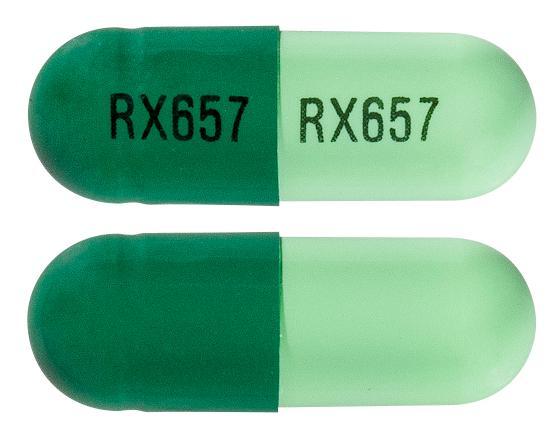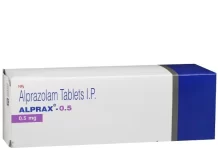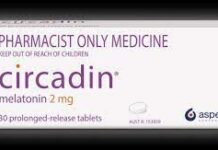Cephalexin is an antibiotic medication commonly prescribed to treat bacterial infections. It belongs to the class of drugs known as cephalosporins. Here’s information about its uses, benefits, common symptoms, and potential side effects: Cephalexin Tablet Uses Benefits and Symptoms Side Effects

Uses and Benefits of Cephalexin:
- Bacterial Infections: Cephalexin is primarily used to treat various bacterial infections, including respiratory tract infections (such as bronchitis and pneumonia), skin and soft tissue infections, urinary tract infections, and certain types of bone and joint infections.
- Strep Throat: Cephalexin can be prescribed to treat strep throat, a common bacterial infection caused by Group A Streptococcus.
Common Symptoms and Side Effects of Cephalexin:
- Gastrointestinal Symptoms: Cephalexin can cause gastrointestinal symptoms such as nausea, vomiting, diarrhea, and abdominal discomfort. These symptoms are usually mild and temporary. Taking the medication with food can help reduce these symptoms.
- Allergic Reactions: In rare cases, cephalexin can cause allergic reactions characterized by symptoms such as skin rash, itching, swelling, or difficulty breathing. Seek immediate medical attention if you experience any signs of an allergic reaction.
- Diarrhea: Cephalexin can disrupt the natural balance of bacteria in the gut, leading to diarrhea. If you experience severe or persistent diarrhea while taking cephalexin, inform your healthcare provider.
- Yeast Infections: Cephalexin can sometimes lead to an overgrowth of yeast, such as Candida, causing oral or vaginal yeast infections.
- Kidney Function Changes: Cephalexin can occasionally affect kidney function, as indicated by changes in urine output or laboratory tests. Regular monitoring of kidney function may be necessary, especially in individuals with pre-existing kidney conditions.
It’s important to take
cephalexin as prescribed by your healthcare professional and complete the full course of treatment, even if you start feeling better before completing the medication. Failure to complete the prescribed course may result in the infection not being fully eradicated, which can lead to antibiotic resistance.
Inform your healthcare
provider about any pre-existing medical conditions, medications, or supplements you are taking to ensure the appropriate use of cephalexin. If you have any concerns or experience troubling side effects while taking cephalexin, consult with your healthcare provider for further evaluation and guidance. They can provide personalized advice based on your specific medical history and condition.
Cephalexin Tablet Uses Benefits and Symptoms Side Effects Cephalexin Tablet in hindi






